Have you ever watched your dog lick the couch, your hand, or even thin air and wondered: is this normal, or is something concerning going on? If you've ever asked yourself, " Why does my dog lick everything? ", you're not alone. Many dog owners notice their pets’ enthusiastic licking and aren't sure if it's a quirky habit, a sign of affection, or a warning sign of deeper health or behavioral issues. In this educational guide, we’ll uncover the surprising science behind this common canine behavior, explore when licking turns into excessive licking, and give you clear, simple strategies to help your dog. Read on to find out what your dog's tongue is really trying to tell you!
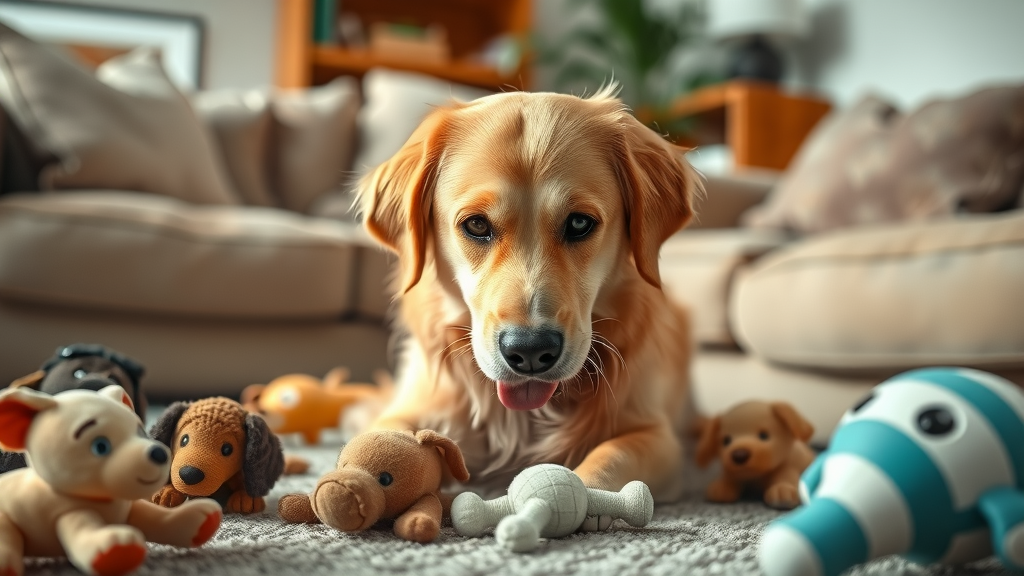
Why Does My Dog Lick Everything? Understanding the Licking Behavior in Dogs
- Why do our beloved companions seem obsessed with using their tongues on everything in sight? Discover the science and surprising facts behind dog licking that even seasoned pet owners may not know.
Licking behavior in dogs is more than just a quirky trait; it's a complex form of communication and interaction with their environment and among pack members. When you ask, "why does my dog lick everything?" the answer often lies in a mix of instinct, emotional state, and environmental cues. While the occasional dog lick is perfectly normal, especially during greetings or grooming, it's important to observe when the behavior shifts into excessive licking or seems repetitive and compulsive. For example, some dogs lick your skin to show affection or to catch salty traces of sweat, while others may be drawn to licking furniture, floors, or even walls out of boredom or underlying anxiety.
Pet parents should pay close attention to the context: Is your dog licking after walks, around mealtime, or whenever you return home? Constant licking of specific things, like a paw or particular spot on the floor, can also hint at medical conditions that may need attention. By understanding this instinctive behavior, dog owners can better meet both their pets’ emotional and physical needs—ensuring a happy, healthy relationship. Whether your dog licks things for taste, comfort, or attention, recognizing the subtle clues will help you decide when licking is harmless and when it might require intervention.
Exploring the Science: Why Dogs Lick Everything
Instinctive and Natural Dog Licking Behavior
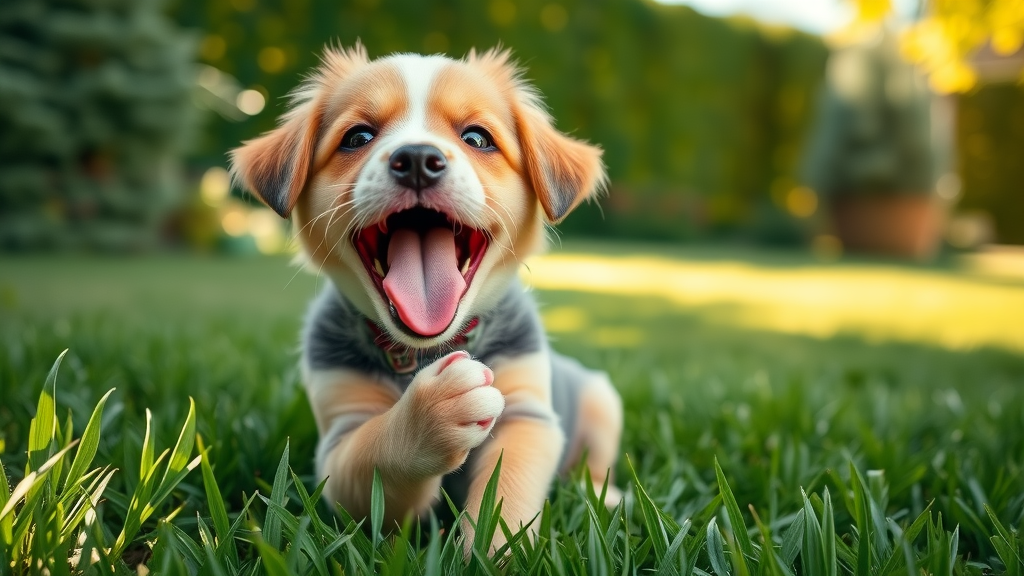
The roots of dog licking trace back to their wild ancestors. In the wild, puppies naturally lick their mother’s mouth as a sign of submission and to encourage her to regurgitate food. This behavior has been carried into domesticated dogs, evolving into forms of communication, grooming, and bonding. For many dogs, licking is simply an instinctive act—akin to a social handshake or a form of self-care. Dogs also explore the world primarily through their mouths and noses, so when your dog licks objects, it may be their way of investigating new scents and tastes. This licking behavior helps them identify unfamiliar items, people, or even changes in their environment.
Beyond curiosity, licking can provide emotional comfort. Dogs may lick their paws or fur to soothe themselves during times of stress, much like humans might fidget or bite their nails. While a dog’s lick is usually harmless, a sudden increase in this instinctive action can sometimes point to shifts in household routine, new pets, or even subtle health issues that a dog owner might miss. It’s always wise to observe your dog’s behavior for any changes and respond with patience and care.
Moreover, some dog breeds have stronger licking tendencies than others due to their genetics and breed-specific characteristics. Dogs such as retrievers and spaniels tend to use their tongues more frequently as part of their affectionate and eager disposition. If you notice your dog is licking more than usual, consider if anything in their daily habitat or lifestyle has shifted. Often, the answer to “why does my dog lick everything?” begins with their natural instincts and the unique way they interact with their world.
Communication and Social Reasons for Dog Licking
Licking isn’t just about taste or comfort—it's also a powerful social tool in the canine world. When a dog licks your hand, face, or even another dog, it’s often a sign of affection and respect. This behavior is deeply rooted in their pack instincts, signaling submission, trust, or bonding. For example, mother dogs will lick their puppies to clean them and promote bonding, reinforcing an emotional connection from the earliest moments of life. As adult dogs, this behavior translates into licking both you and their canine companions during greetings and playful moments.
Social licking also serves to reinforce the dog-owner relationship. When your dog licks you, it might be their version of a hug or “hello.” For dogs, saliva carries a wealth of scent information, allowing them to communicate their feelings of comfort or even request attention. Occasionally, licking is learned behavior: if a pet parent rewards their dog with attention or treats after a lick, the dog quickly learns to repeat the action when seeking interaction.
However, it’s important to draw the line between social, healthy licking and licking driven by stress or anxiety . Dogs under emotional strain might lick excessively as a coping mechanism, so it’s crucial to notice any sudden or significant changes in their licking behavior. Recognizing the social and communicative side of licking helps dog owners nurture deeper bonds while identifying moments when the behavior might be a sign of discomfort or longing for security.
Excessive Licking in Dogs: When Is It a Concern?
Signs of Excessive Licking and Identifying a Behavioral Issue
Occasional dog licks are a normal part of canine life. But when licking behavior becomes excessive or focuses on specific objects, areas, or even the air, it may signal a behavioral issue that pet parents shouldn’t ignore. Excessive licking can manifest as constant licking of paws, furniture, or even people, and is often accompanied by signs of irritation or hair loss where the dog’s tongue is most active. If you notice your dog focusing all its attention on licking one paw, a patch of skin, or an object for a prolonged period of time, it’s time to investigate further.
Distinguishing between normal and problematic licking often comes down to observing the frequency, duration, and disruption caused by the behavior. Repetitive licking, particularly if it interferes with eating, resting, or playing, is a red flag. Other warning signs include the development of sores, hot spots, or behavioral changes such as increased restlessness or anxiety. Consulting your vet or an animal behaviorist can help pinpoint whether the cause is medical (such as allergies or pain) or rooted in emotional distress or compulsive behavior .
Sometimes, excessive licking can develop into an obsessive licking pattern. For example, if your dog is licking the same spot every day and developing raw patches, this suggests the licking is no longer just a habit. It’s also wise to look out for changes in your dog's environment or routine, as these can trigger new, unwanted behaviors. Addressing the root cause early on is essential to prevent the habit from becoming more ingrained and harder to break.
Compulsive Disorder and Canine Cognitive Dysfunction
If excessive licking persists, it may evolve into a compulsive disorder . Similar to obsessive-compulsive behavior in humans, dogs with this issue struggle to control their urge to lick, even without an identifiable trigger. This can lead to repetitive licking that disrupts daily activities, interferes with rest, or causes self-injury. Borderline compulsive behaviors—like pacing, spinning, or constant paw licking—often go hand in hand with other anxiety-related symptoms. Older dogs, in particular, may develop these signs as part of age-related changes to their brains.
Canine cognitive dysfunction (the dog equivalent of dementia in humans) is a common cause of repetitive or obsessive licking in seniors. Cognitive dysfunction can cause confusion, anxiety, and the loss of learned behaviors. As these conditions progress, dogs may resort to self-soothing through constant licking. It’s critical for dog owners to monitor not only the licking itself but also any other unusual changes, such as disorientation, restlessness at night, or altered sleeping patterns. If you’re concerned your dog’s licking might be linked to mental decline, prompt veterinary assessment is necessary for early intervention.
Differentiating between a medical issue and a behavioral one can be challenging, but both deserve attention. Working with your vet can help clarify the root of the problem and shape an effective treatment plan . In many cases, early recognition and intervention are key to ensuring your dog’s behavior does not escalate beyond manageable levels.
Medical Causes: Health Issues That Make Dogs Lick Everything
Allergies and Skin Conditions
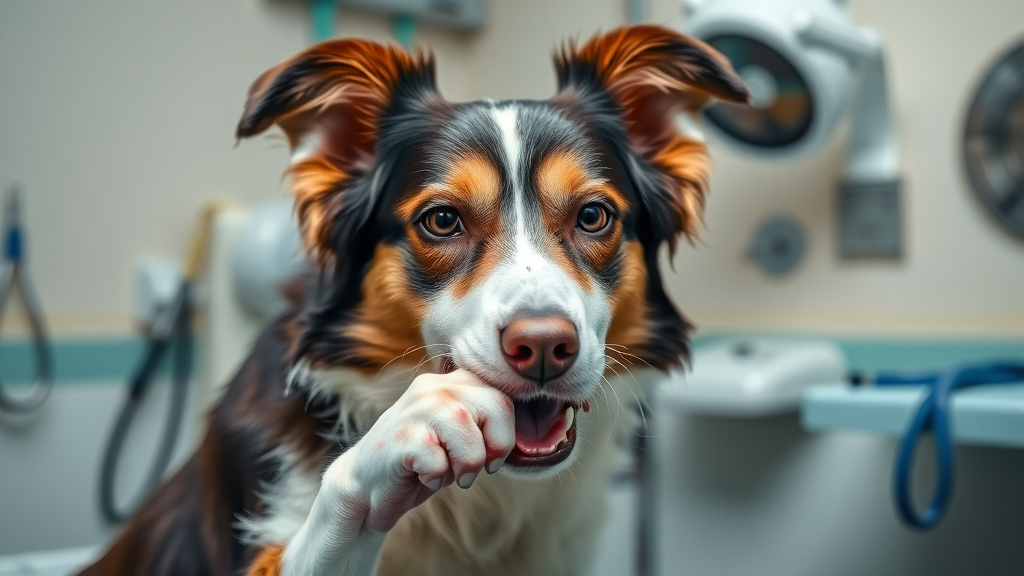
One of the most common medical causes behind a dog licking everything is allergies. Whether it’s due to food, pollen, fleas, or household cleaners, allergies can trigger relentless itching and discomfort in dogs, leading them to lick their skin, paws, or fur in an attempt to find relief. Chronic licking due to allergies can cause secondary skin infections, hot spots, redness, and even hair loss if left untreated.
Skin conditions like mange, yeast infections, or bacterial overgrowth can also drive constant licking. It can be difficult for pet parents to distinguish between allergies and other health issues without veterinary guidance. If you find your dog obsessively licking their paws or other body parts, and you notice swelling, odor, or visible irritation, an immediate visit to the vet is warranted. Addressing underlying allergies or skin disorders early on can save your dog from unnecessary suffering and prevent inappropriate behaviors from becoming a habit.
In some cases, underlying skin issues may point to broader systemic problems, such as autoimmune disorders or metabolic diseases. As always, the sooner you and your vet can identify and treat the source, the faster your pet will find relief—and the less likely that licking behavior will spiral into a chronic problem.
Pain, Nausea, and Neurological Health Issues
Medical issues in other parts of the body can also explain why your dog licks everything. Licking can be a sign of pain, nausea, or gastrointestinal problems . A dog with arthritis, dental disease, or an injury may resort to licking the affected area as a self-soothing measure. Similarly, dogs experiencing nausea (from dietary indiscretions, organ dysfunction, or side effects of medication) may lick floors, walls, or even thin air in an attempt to resolve the discomfort.
Certain neurological conditions and brain disorders can also manifest as exaggerated licking behavior. Health issues ranging from partial seizures to canine cognitive dysfunction can diminish your dog’s ability to regulate impulses, resulting in repetitive licking that seems unrelated to external triggers. When physical discomfort is at the root of the behavior, you may notice other clues: limping, reluctance to eat, drooling, or changes in energy levels.
It’s important to recognize that unexplained or sudden onset of excessive licking can herald an evolving medical condition . When in doubt, a trip to the vet for a thorough examination, blood work, or other diagnostics is the safest way to protect your dog's overall pet health .
Nutritional Deficiencies and Dietary Triggers
Sometimes, the answer to “why does my dog lick everything?” lies in your dog’s diet. Nutritional deficiencies—especially in minerals like zinc, sodium, or certain vitamins—can lead to pica or abnormal eating and licking behaviors in dogs. If a diet lacks essential nutrients, dogs may be driven to seek out alternate sources of minerals by licking floors, walls, rough surfaces, or even ingesting non-food items. For example, persistent licking of cold surfaces or tiles may indicate a craving for mineral salts or an unbalanced diet.
In other cases, food allergies or intolerances can manifest as both gastrointestinal discomfort and skin irritation, prompting increased licking. A thorough dietary history and, if necessary, an elimination diet under veterinary guidance can reveal hidden triggers. Regularly reviewing your dog’s food and supplements ensures they’re receiving all recommended nutrients for their age, breed, and activity level.
If you suspect dietary deficiencies or your dog licks everything in sight shortly after meals, talk to your vet about adjusting their nutrition. This simple step can often make a big difference in reducing unwanted licking while enhancing your dog’s general well-being and vigor.
| Cause | Typical Signs | Recommended Action |
|---|---|---|
| Allergies & Skin Conditions | Redness, itching, chewing, hair loss | Veterinary exam, allergy testing, medicated baths or medications |
| Pain or Discomfort | Limping, licking joints or wounds, restlessness | Pain management, diagnostic tests, treatment of injury |
| Nutritional Deficiency | Unusual licking of non-food surfaces, poor coat, dullness | Diet analysis, supplementation, veterinary nutrition consult |
| Neurological/Cognitive Problems | Repetitive licking, confusion, disorientation | Medical evaluation, behavioral strategies, medications if needed |
Behavioral Causes: Why Dogs Lick You, Objects, or Themselves
Seeking Attention, Stress, and Anxiety in Dogs
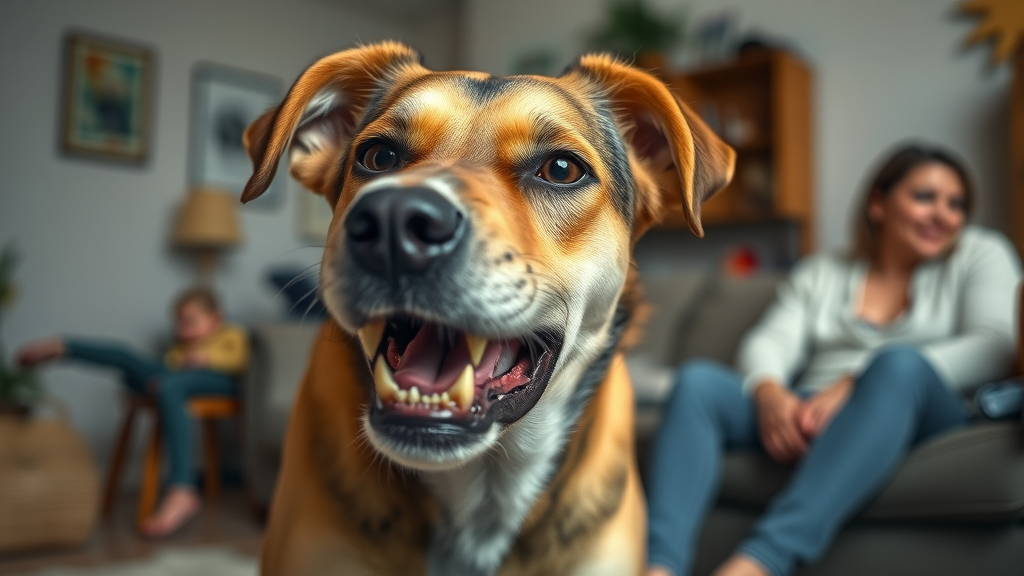
Some dogs lick because they crave attention from their humans. When you’re busy or distracted, your furry friend may use licking as a way to grab your focus—especially if you’ve previously responded with petting, cuddles, or treats. Over time, this can reinforce the habit, making it your dog’s go-to tactic for social interaction.
Stress and anxiety are other major drivers of licking behavior. Many pet parents notice that during thunder, fireworks, trips to the vet, or household changes, their dogs lick themselves or nearby surfaces more passionately. Licking acts as a natural calming mechanism, releasing feel-good chemicals in the dog’s brain that help them cope with stress. If you find your dog is licking excessively following a move, a change in schedule, or the arrival of a new pet, consider adding calming routines, safe spaces, or enriched environments to their daily life.
Chronic anxiety-driven licking can eventually create behavioral issues if not addressed promptly. If you’ve tried redirecting your dog and providing distractions but the licking continues, enlisting the support of a trainer, animal behaviorist, or your veterinarian may be the best course of action.
Environmental Factors Influencing Licking Behavior
Your dog’s surroundings can have a significant influence on their licking habits. Lack of stimulation, too much time alone, or insufficient exercise can prompt a bored dog to lick out of sheer habit. Dogs left alone for extended periods of time or with limited access to toys or activities may develop repetitive licking routines as a way to fill the time.
Environmental triggers such as household cleaners, new furniture, or lingering food smells on floors and counters can also make your dog want to lick everything in their reach. Dogs’ acute sense of smell can pick up even the faintest of food residues, which their tongues are eager to explore. Preventing excessive licking in such cases means ensuring a stimulating environment, rotating toys, and providing physical and mental enrichment, such as puzzle toys or outdoor play.
Introducing regular walks, interactive games, and periods of positive social interaction can reduce boredom-related licking. Simple adjustments, like adding a dedicated chew or lick mat, may give your dog an appropriate outlet for their natural behavior—keeping your furniture and floors a little dryer!
"Dog licking is often an attempt to communicate or self-soothe, but when it crosses into excessive licking, pet owners should take notice." – Canine Behavior Specialist
Practical Steps: How to Stop Your Dog from Licking Everything
Dog Lick Behavior Modification Strategies
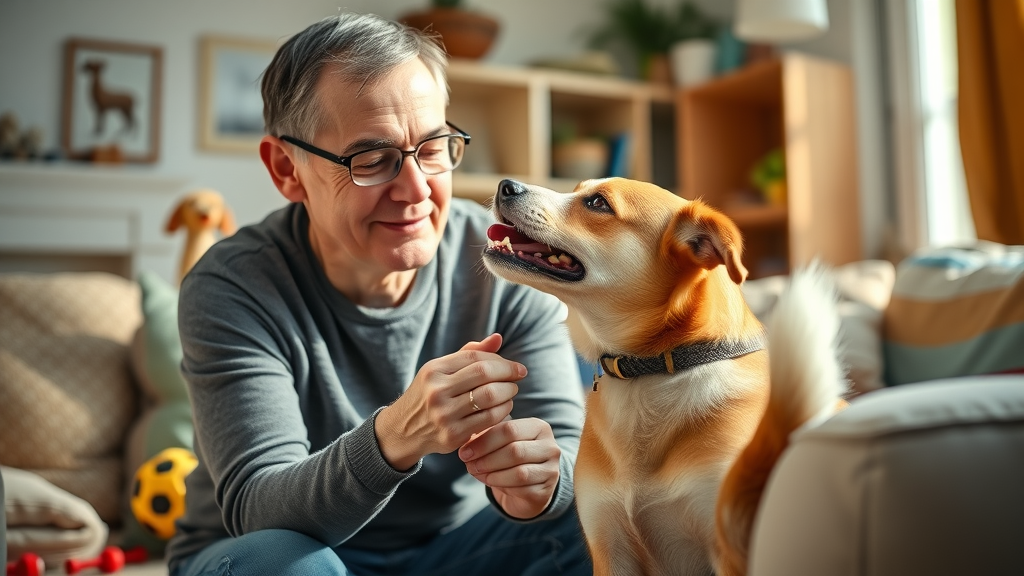
The key to reducing unwanted licking starts with observing patterns and intervening early. Behavior modification involves a combination of redirecting attention, reinforcing positive behaviors, and eliminating triggers where possible. Start by identifying what prompts your dog licking : is it boredom, anxiety, a health issue, or simply habit? Once you have an idea, redirect your dog's attention every time they start to lick. Use a firm but friendly command, and provide a toy, chew, or puzzle in exchange.
Positive reinforcement—rewarding your dog for behaviors other than licking—is more effective than punishment. Consistently praise and treat your dog when they engage in play, rest quietly, or perform another appropriate behavior instead of licking. If you suspect that stress or anxiety is a factor, also consider dog-calming products, such as pheromone diffusers or anxiety wraps, and maintain a regular routine to reassure your pet.
For more persistent cases, working with a professional animal behaviorist can provide you with tailored strategies and support. Remember, patience and consistency are key for addressing compulsive or obsessive licking—progress may be slow, but the long-term benefits for both your dog and household harmony are well worth the effort.
When to Consult a Veterinarian About Excessive Licking
Not all licking behavior can be addressed at home. If you’ve tried behavior modification strategies and the excessive licking continues—or if it’s accompanied by hair loss, sores, weight loss, or changes in appetite—it’s time to consult your veterinarian. Medical causes such as allergies, pain, or internal health issues can drive compulsive licking, and may only improve with the right medication or treatment plan.
A thorough veterinary exam, including blood tests and allergy screening, can reveal underlying conditions often missed by pet parents. Carefully note the onset, duration, and circumstances for your vet. This information is crucial for accurate diagnosis and ensures your dog receives the right care. Never ignore sudden or obsessive licking in older dogs, as this can be a sign of canine cognitive dysfunction or neurological decline.
Dogs with a combination of behavioral and medical triggers may benefit from a coordinated treatment plan involving both medication and structured behavioral support. Early intervention leads to faster recovery and a happier, healthier companion.
Enrichment and Training Activities to Reduce Dog Licking
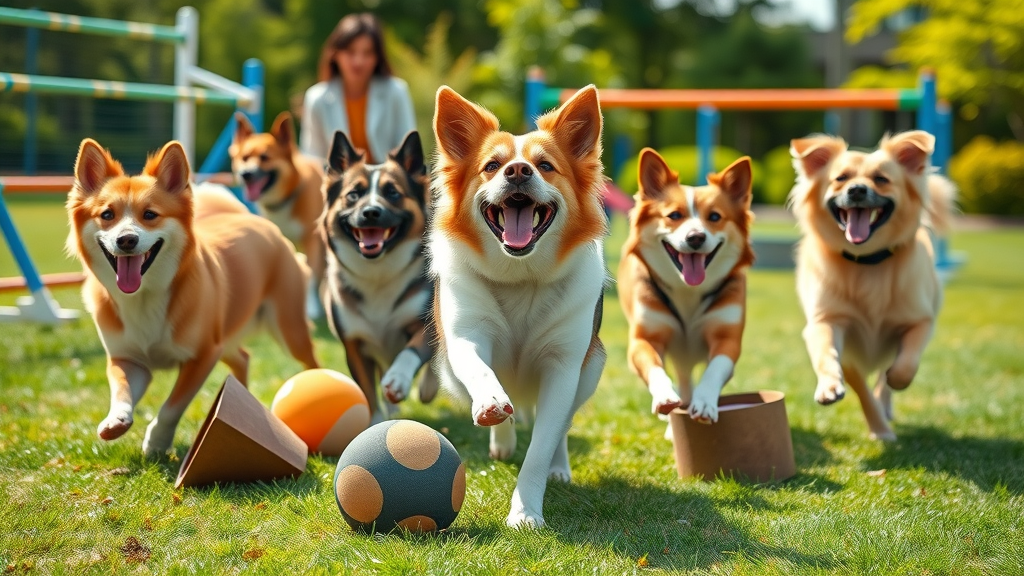
Dogs thrive on mental and physical stimulation, and sometimes the answer to excessive licking is providing more of both. Interactive toys, food puzzles, agility games, and regular walks can help redirect your dog’s energy and focus away from licking. Providing enrichment and training activities gives your dog appropriate outlets for their instincts and reduces time spent engaging in repetitive licking.
Rotating toys and introducing new challenges keeps your dog’s mind sharp and engaged. Group activities, doggy play dates, and training classes not only burn off energy but provide vital socialization that reinforces healthy behaviors. Teaching simple tricks or commands diverts attention and deepens the dog-owner bond, while self-soothing tools like stuffed Kongs, chew sticks, and lick mats satisfy oral fixation in a controlled way.
Make your dog’s day interesting and full , and you’ll see a reduction in constant licking and related behavioral issues. Remember, a tired and content dog is less likely to revert to unwanted habits, and more likely to enjoy a happy, healthy life with their human family.
- Regularly clean areas your dog is drawn to licking, removing food residues and scents.
- Introduce safe chew toys and puzzle toys to redirect oral attention.
- Maintain a consistent schedule with plenty of exercise and mental stimulation.
- Address underlying medical issues with your veterinarian sooner rather than later.
- Use positive reinforcement to encourage healthy behaviors and discourage excessive licking.
- Provide calm, safe spaces to reduce anxiety-driven licking episodes.
Special Cases: Dogs Licking Surfaces, Furniture, and Other Unusual Things
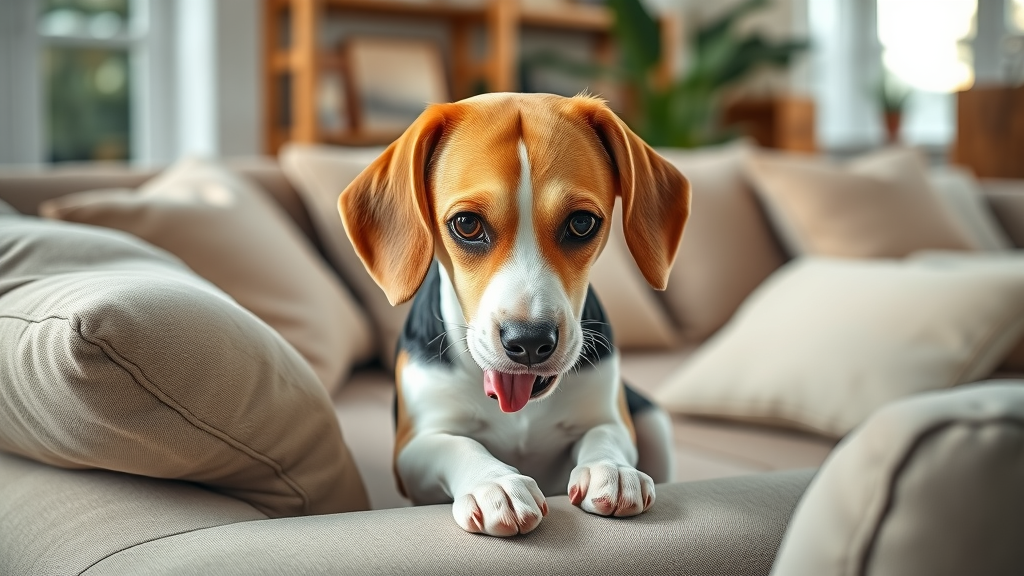
Why Does My Dog Lick the Sofa All the Time?
If your dog has an obsession with licking your sofa, it’s important to rule out leftover food smells, spilled drinks, or residues from cleaning products. Sofas are also covered in human scents, which can make them comforting targets for dogs experiencing anxiety or separation distress. Behavioral issues can sometimes develop from routine licking of a particular object if it’s met with attention or becomes part of your dog’s self-soothing strategy. Cleaning your sofa regularly and providing a designated dog bed or, even better, lick-safe toys can help redirect this behavior.
Alternatively, obsessive licking of furniture could signal an underlying medical issue , such as GI discomfort or even early cognitive dysfunction in an older dog. If your pet suddenly develops an intense interest in licking surfaces they've previously ignored, a veterinary evaluation is recommended to make sure no health problems are present.
Why Does a Dog Keep Licking You All the Time?
When your dog licks you constantly, it’s usually a mix of affection, bonding, and the pursuit of attention or comfort. Human skin often carries salty residues that dogs find appealing. Sometimes, it’s also learned behavior—if licking your hand gets a loving response, your dog will keep repeating it.
Persistent, all-day licking, however, may indicate your dog’s underlying stress, anxiety, or need for more structured engagement. Reinforce limits through gentle redirection, and recognize the context—after exercise, when bored, or if you’re particularly engaged elsewhere. If the behavior escalates or is paired with signs of agitation, consult your vet to rule out medical or neurological causes.
What Deficiency Causes Dogs to Lick Everything?
Dogs lacking in certain nutrients—especially minerals such as sodium, potassium, or trace elements like zinc—may demonstrate unusual or compulsive licking. This can manifest in licking floors, walls, or other non-edible surfaces, and is sometimes tied to overall poor diet or malabsorption disorders. Medical tests can confirm such deficiencies and guide your vet towards providing needed supplements or dietary adjustments.
If dietary triggers are ruled out, consider that the licking behavior may be related to health issues like anemia, hormonal imbalances, or even metabolic disease. Keeping up with your dog’s regular checkups ensures these problems are caught early and managed before they impact your dog’s quality of life.
| Behavioral Causes | Medical Causes |
|---|---|
| Seeking attention or affection | Allergies (food, environment, fleas) |
| Boredom or lack of stimulation | Pain from injury or arthritis |
| Anxiety or stress self-soothing | Gastrointestinal discomfort or nausea |
| Learned/reinforced licking behavior | Nutritional deficiency (minerals/vitamins) |
| Compulsive disorder, cognitive decline | Neurological disease or canine cognitive dysfunction |
"Not every lick is a cry for help, but persistent, unexplained licking warrants closer inspection." – Veterinary Nutritionist
Frequently Asked Questions About Why Dogs Lick Everything
How do I get my dog to stop licking everything?
To stop your dog from licking everything, first identify possible triggers such as boredom, anxiety, or medical issues. Redirect their focus with engaging toys, regular exercise, and positive reinforcement for non-licking behaviors. If the habit continues or is accompanied by other concerning signs, consult your veterinarian to rule out underlying health issues and explore behavior modification strategies.
Why does my dog lick the sofa all the time?
Dogs may lick sofas due to leftover scents, food residue, or as a result of anxiety and self-soothing. If you notice this behavior frequently, clean the sofa thoroughly, provide alternative comfort objects, and make sure your pet gets regular playtime and mental stimulation. Persistent furniture licking can sometimes signal medical concerns, so monitoring your dog's overall behavior is recommended.
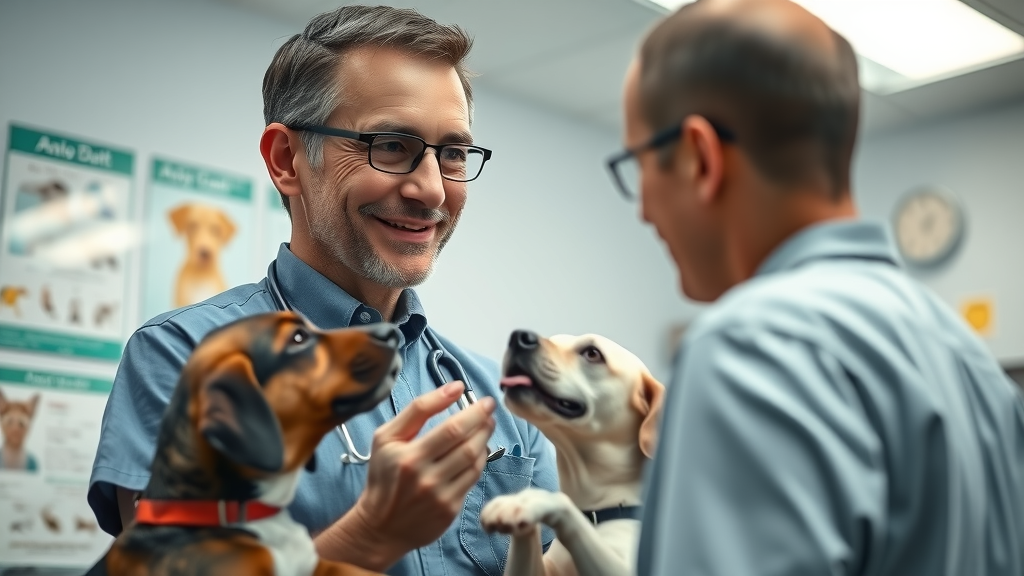
Why does a dog keep licking you all the time?
If your dog licks you constantly, it is likely a combination of expressing affection and seeking your attention. Dogs are drawn to human skin because of its salty taste and familiar scent. For some dogs, this behavior can be a comfort when anxious or when looking for reassurance; however, if it becomes constant, evaluate their daily routine, stress level, and check for signs of underlying health issues.
What deficiency causes dogs to lick everything?
Nutritional deficiencies, particularly in key minerals like sodium or zinc, can cause dogs to lick unusual surfaces as they attempt to fulfill dietary needs. If your dog’s licking is persistent and not explained by behavioral causes, consult your vet for blood tests and a dietary assessment to ensure your dog is getting all the nutrients they require.
Key Insights and Action Steps for Managing Dog Licking Behavior
Stay alert to your dog’s licking habits: spot triggers, address medical issues promptly, and enrich their daily routine with mental and physical activities. Early action keeps your furry friend healthy, happy, and less reliant on their tongue to communicate discomfort.
Understanding why your dog licks everything can be complex, as this behavior may stem from various factors. The article “Why Does My Dog Lick Everything? Surprising Reasons Revealed” provides an in-depth exploration of this topic.
For further insights, the article “Why Does My Dog Lick the Furniture?” from the American Kennel Club discusses how dogs may lick furniture due to boredom, stress, or underlying medical conditions, and offers guidance on addressing these behaviors. ( akc.org )
Additionally, “Why Does My Dog Lick Everything?” by PetMD examines both behavioral and health-related causes of excessive licking, including anxiety, gastrointestinal issues, and compulsive disorders, providing a comprehensive overview of potential triggers and solutions. ( petmd.com )
If you’re serious about understanding and managing your dog’s licking behavior, these resources will offer valuable information and practical advice.
 Add Row
Add Row  Add
Add 




Write A Comment